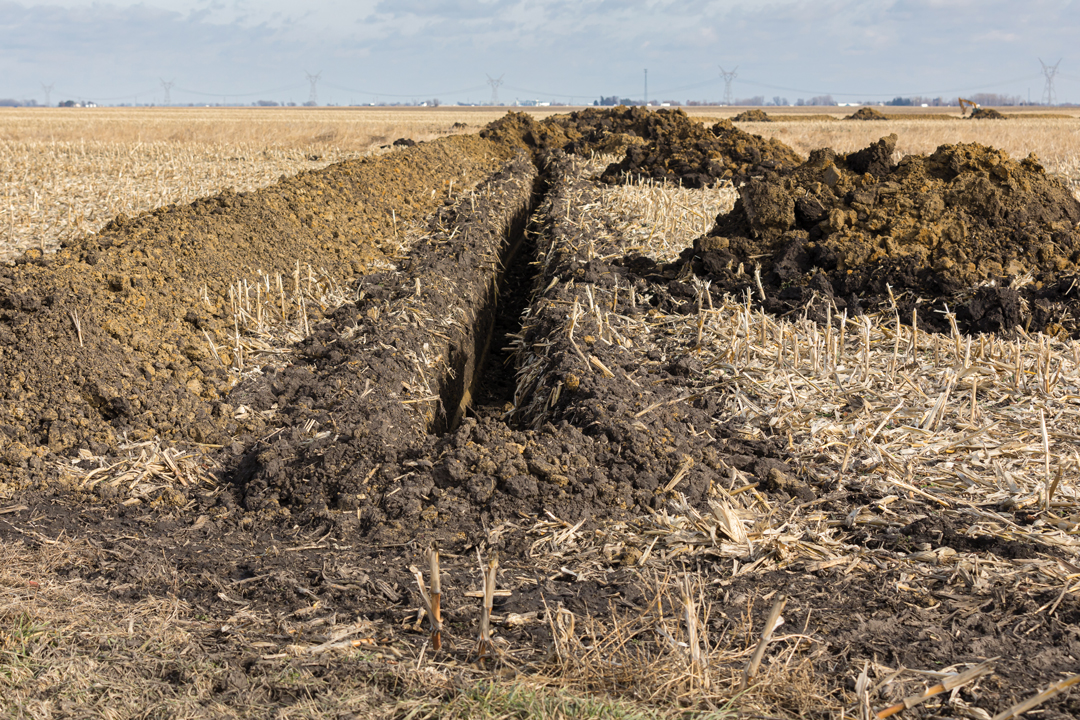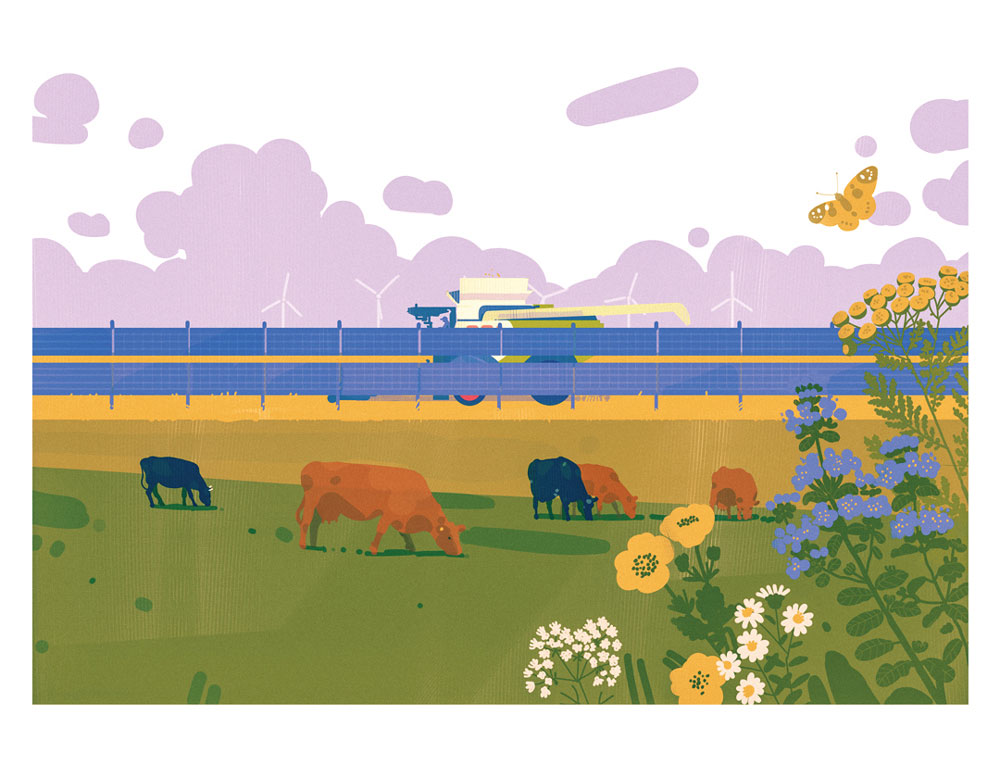ALBERTA IRRIGATION SYSTEM DELIVERS MUCH MORE THAN WATER
PHOTO: “Robert Black, Golden Valley Irrigation Farm, Medicine Hat area, Alberta,” 1958, NA-2108-6, by Burt’s Photos. Courtesy of Glenbow Archives, Archives and Special Collections, University of Calgary.
In this 1958 photo, Robert Black is obviously pleased with the water flow on the Golden Valley Irrigation Farm, which he co-owned near Medicine Hat. And with good reason.
At the time, development of southern Alberta’s irrigation network had been underway for more than half a century. Begun in the late 1800s by Mormon settlers familiar with Utah irrigation systems, 13 irrigation districts were eventually established. What became the largest irrigation system in Canada helped to create productive cropland in Alberta’s southeast, an area once declared too dry to be farmable by Dublin-born explorer Captain John Palliser.
That irrigation network today services about 600,000 hectares and has a tremendous impact on Albert’s farm economy. Providing reliable moisture, irrigation eliminates one major agronomic risk factor.
The 3.5 billion cubic metres of water allocated to the irrigation districts is diverted from five major rivers and several smaller streams and stored in 57 on-stream and off-stream reservoirs. It is conveyed to cropland and pasture through more than 8,000 kilometres of canals and pipelines.
This water is used to produce more than 60 conventional field and specialty crops. It is estimated that irrigation directly and indirectly supports 35,000 jobs and creates about $3.6 billion in economic activity in Alberta.
The impacts of irrigation go beyond agronomic and economic benefits. Reservoirs serve as recreational destinations. Reservoirs and canals also provide wildlife habitat. The irrigation network also supplies industry, communities and farmsteads, improving economic and social conditions for rural people.
Alberta’s United Conservative Party government introduced a relatively austere budget in late 2019, but the value of the irrigation sector was recognized (see page 9). While Alberta Agriculture and Forestry saw a 9.1
per cent cut, the government committed to spending $48 million over four years on irrigation infrastructure rehabilitation projects. According to the Alberta Irrigation Districts Association, the funding commitment ensures irrigation in Alberta remains vibrant, sustainable and valued.







Comments